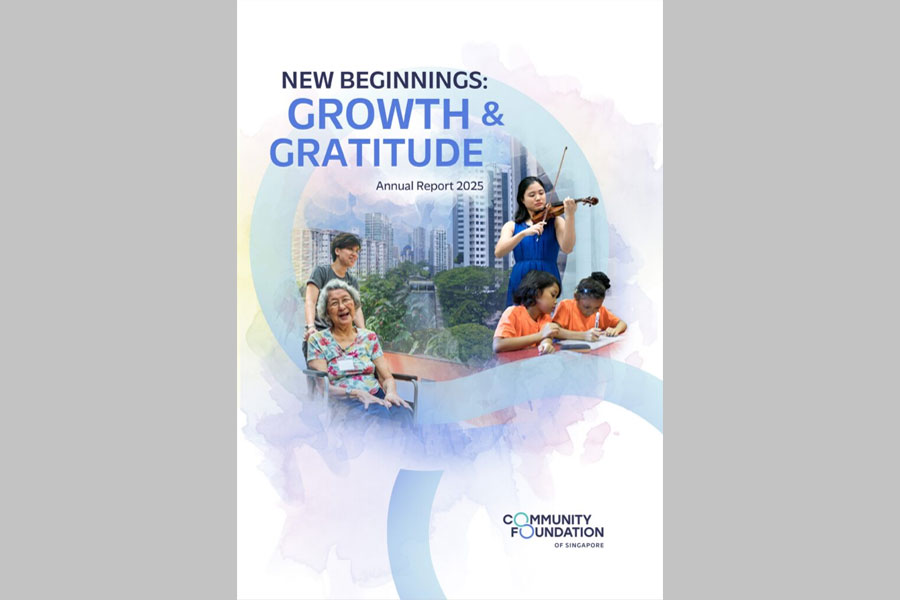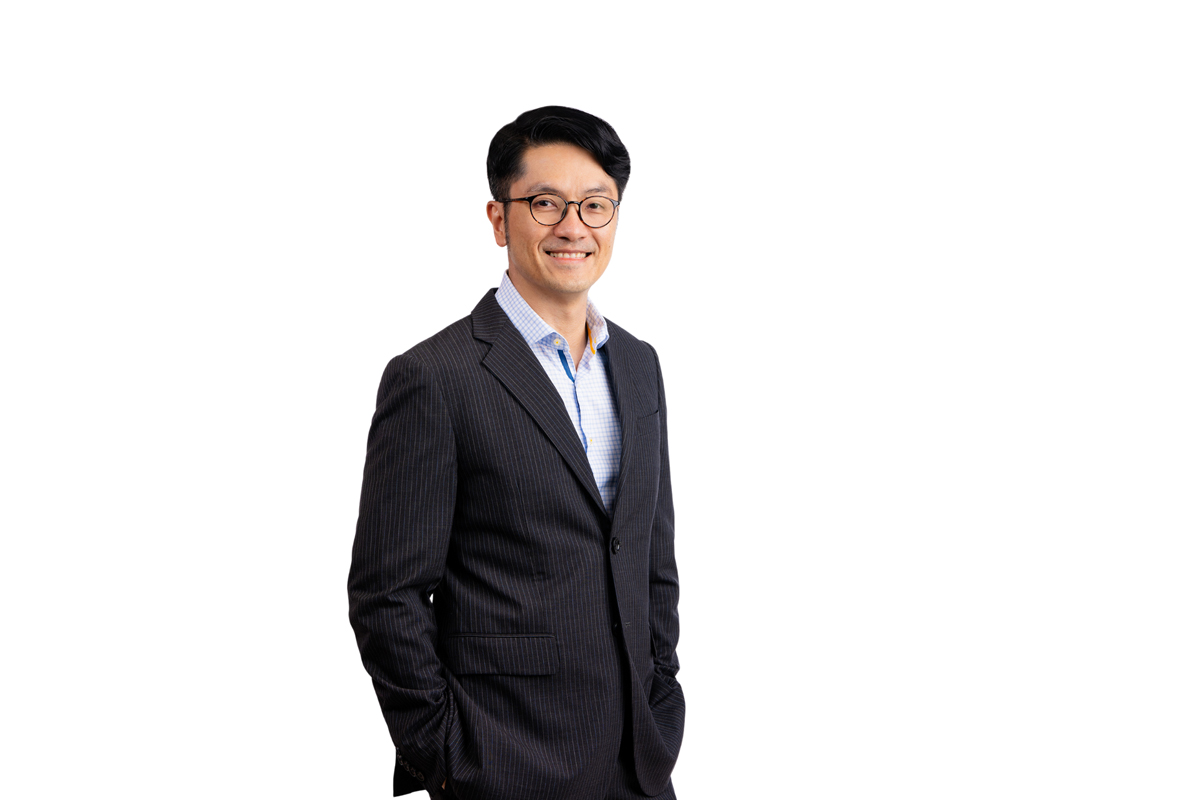A call to continue rallying together


Thank you to everyone who have generously supported the community-driven Sayang Sayang Fund. We have far surpassed our initial target of $500,000! This was made possible with help from many private individual and corporate donors who donated to the fund directly or set up their own fund-raising pages.
Transport vouchers have already gone out to healthcare professionals in hospitals and polyclinics. We will soon be supporting other community healthcare staff and charities serving those who have been impacted by precautionary measures due to COVID-19, such as vulnerable seniors and low-income families.
The pandemic will be here for a while and even as the economy slows down, many charities, hit by restrictions in fund-raising efforts, have begun bearing millions of dollars in lost donations. They need our help. That is why we want to keep the Sayang Sayang Fund open, to help make sure no one falls by the wayside during this challenging period.
Your heart-warming outpouring of love truly brings to life the community spirit of the Sayang Sayang Fund. Thank you for your continuing support.
* Launched on 11 February, the Sayang Sayang Fund is a community impact fund to care for the vulnerable in our community during times of national crises.
Thank you to everyone who have generously supported the community-driven Sayang Sayang Fund. We have far surpassed our initial target of $500,000! This was made possible with help from many private individual and corporate donors who donated to the fund directly or set up their own fund-raising pages.
Transport vouchers have already gone out to healthcare professionals in hospitals and polyclinics. We will soon be supporting other community healthcare staff and charities serving those who have been impacted by precautionary measures due to COVID-19, such as vulnerable seniors and low-income families.
The pandemic will be here for a while and even as the economy slows down, many charities, hit by restrictions in fund-raising efforts, have begun bearing millions of dollars in lost donations. They need our help. That is why we want to keep the Sayang Sayang Fund open, to help make sure no one falls by the wayside during this challenging period.
Your heart-warming outpouring of love truly brings to life the community spirit of the Sayang Sayang Fund. Thank you for your continuing support.
* Launched on 11 February, the Sayang Sayang Fund is a community impact fund to care for the vulnerable in our community during times of national crises.
- Related Topics For You: CHARITY STORIES, CHILDREN, COMMUNITY IMPACT FUND, DONOR STORIES, FAMILIES, HEALTH, INCLUSIVITY & INTEGRATION, NEWS, PROMOTING HEALTHCARE, SAYANG SAYANG FUND, SENIORS, STORIES OF IMPACT



